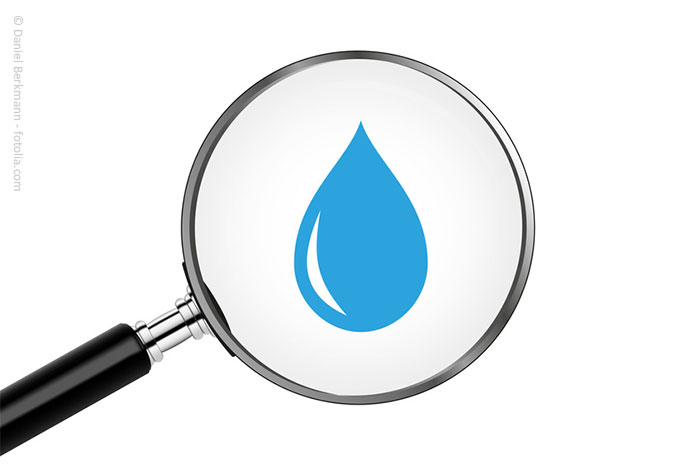Questions and answers on the subject: Pollutants and germ contamination in drinking water
What can you do yourself against so-called trace substances in drinking water?
We recommend the use of activated carbon block filters, such as filters from Carbonit or Prime Inventions. These are currently the forefront of opportunities when it comes to the use of activated carbon filters. Of course, high quality reverse osmosis systems are also capable of producing high purity water.
In principle, every household should try to enter even the least possible loads in the water.
Where do trace substances or micropollutants come from in drinking water?
- 8100 tonnes of potentially environmentally relevant drugs
- 10,500 tons of cosmetics and personal care products
- 117,743 tonnes of pesticides released in Germany (year 2014)
- 630,000 tonnes of household chemicals from detergents and cleaners
The figures apply to Germany and are based on information from the Federal Environment Agency.
What about bacterial contamination in drinking water?
There is usually no absolutely germ-free drinking water at the pump point, but only very germ-free. The waterworks are not able to provide complete sterility because biofilms have been established in old main water pipes. These can not be permanently eliminated in practice without heavy chlorination.
Why do not you just chlorinate water?
Chlorine is used when pathogenic bacteria such as legionella, E.coli, fecal bacteria or enterococci have been found. This water has a characteristic chlorine taste and smell. The water is not suitable for drinking or preparing food. With activated charcoal filters you can easily remove chlorine flavor in a simple way. In addition, bacteria are removed.
How do heavy metals get into drinking water?
The water works are responsible only up to the house connection for the observance of the limit values of the drinking water regulation. Due to old or incorrect installations in the house lines, the water is in many cases loaded with heavy metals such as copper, lead or zinc. In this case, not particularly old copper pipes can be cause, as well as old lead or galvanized iron pipes.
How do hormones or hormone-like substances get into drinking water?
These often come from the consumer or industry via the sewage treatment plants in surface waters and thus also in the drinking water cycle. The cause of the problems are often drugs, especially birth control pills or substances used in agricultural livestock. Plastics are also included in this substance range and are increasingly becoming the cause of research due to plasticizers or the use of bisphenol A (in PET bottles, etc.). You can protect yourself with the appropriate water filters and the use of BPA-free drinking vessels and bottles.
















































